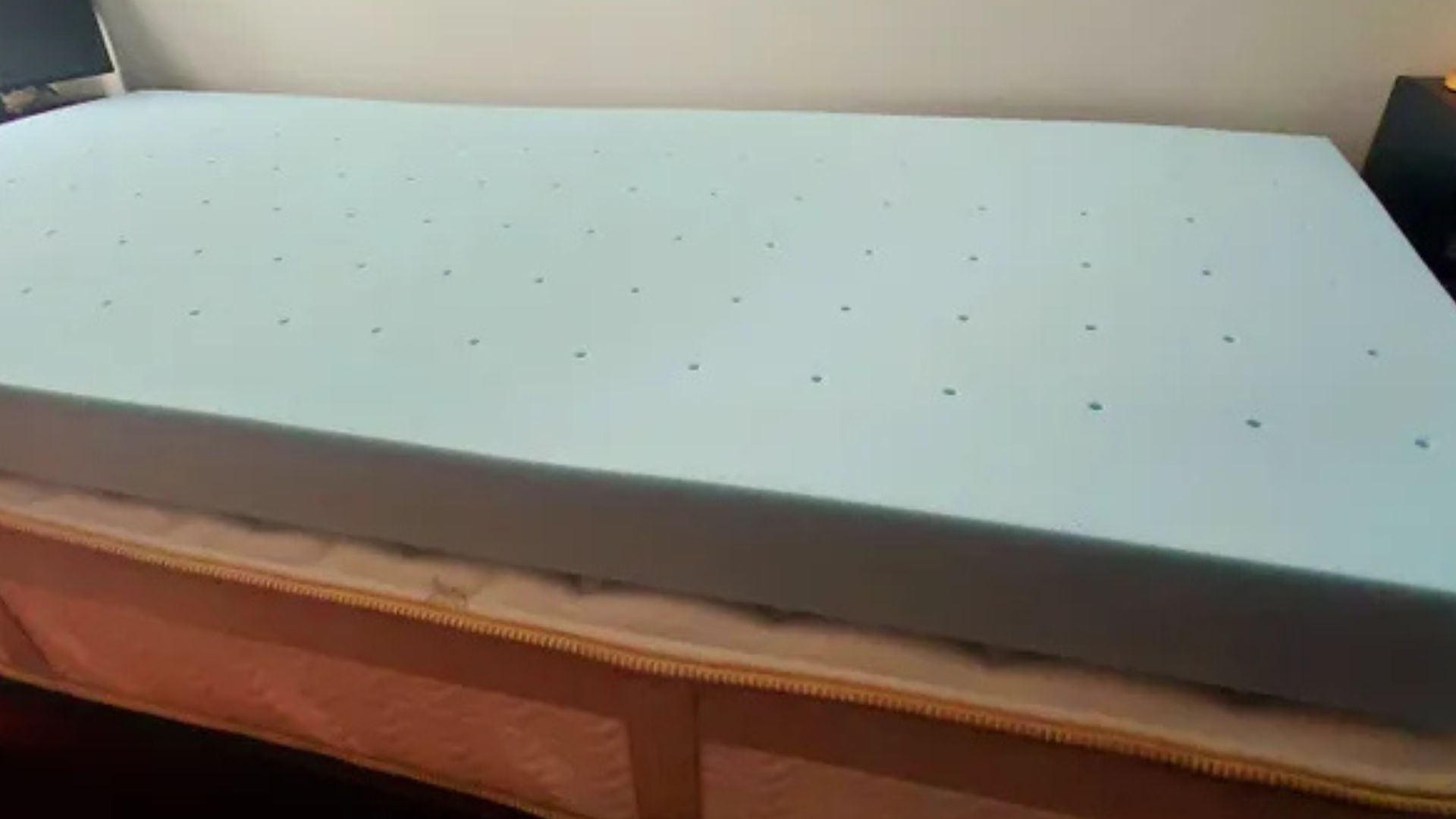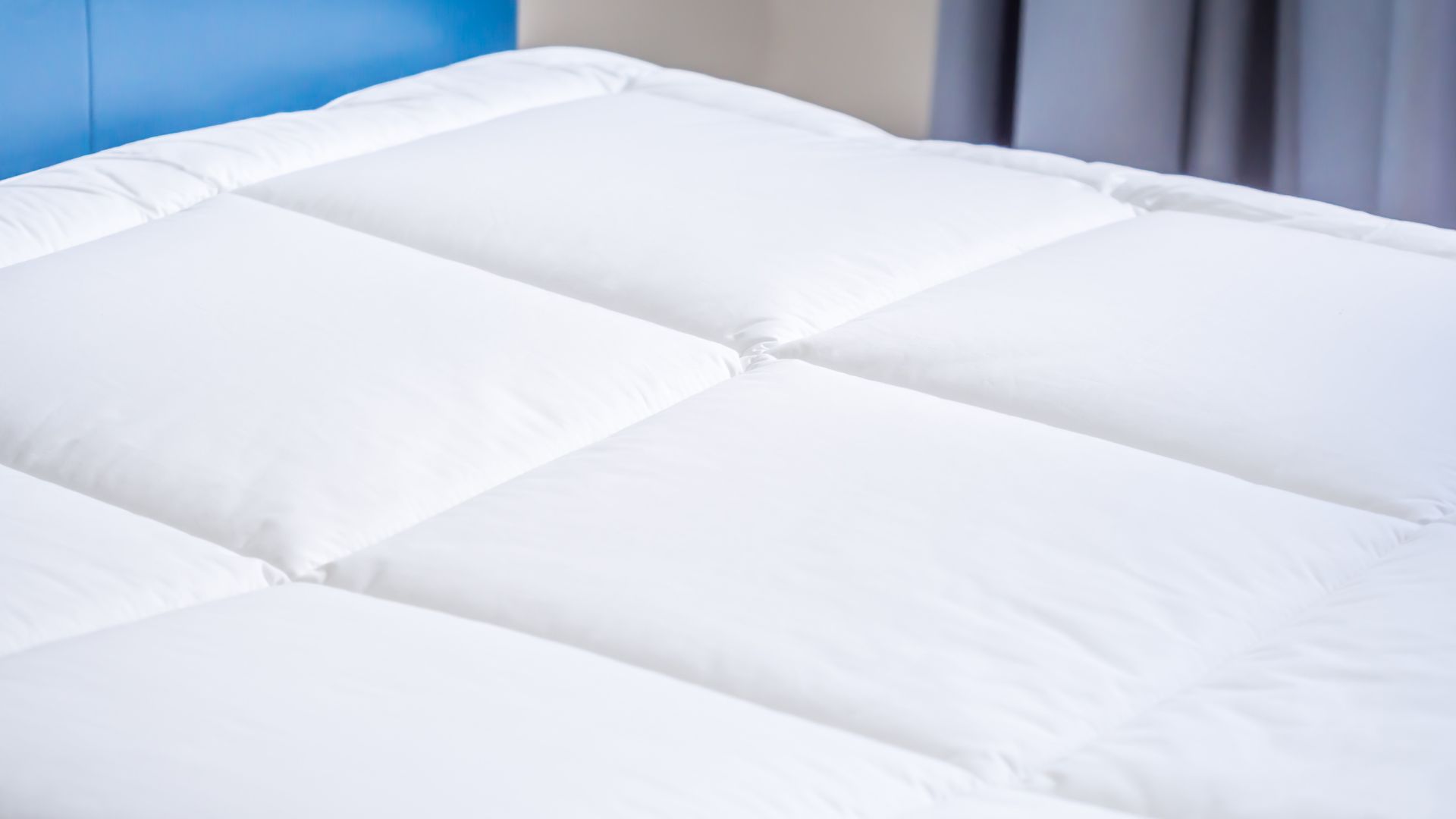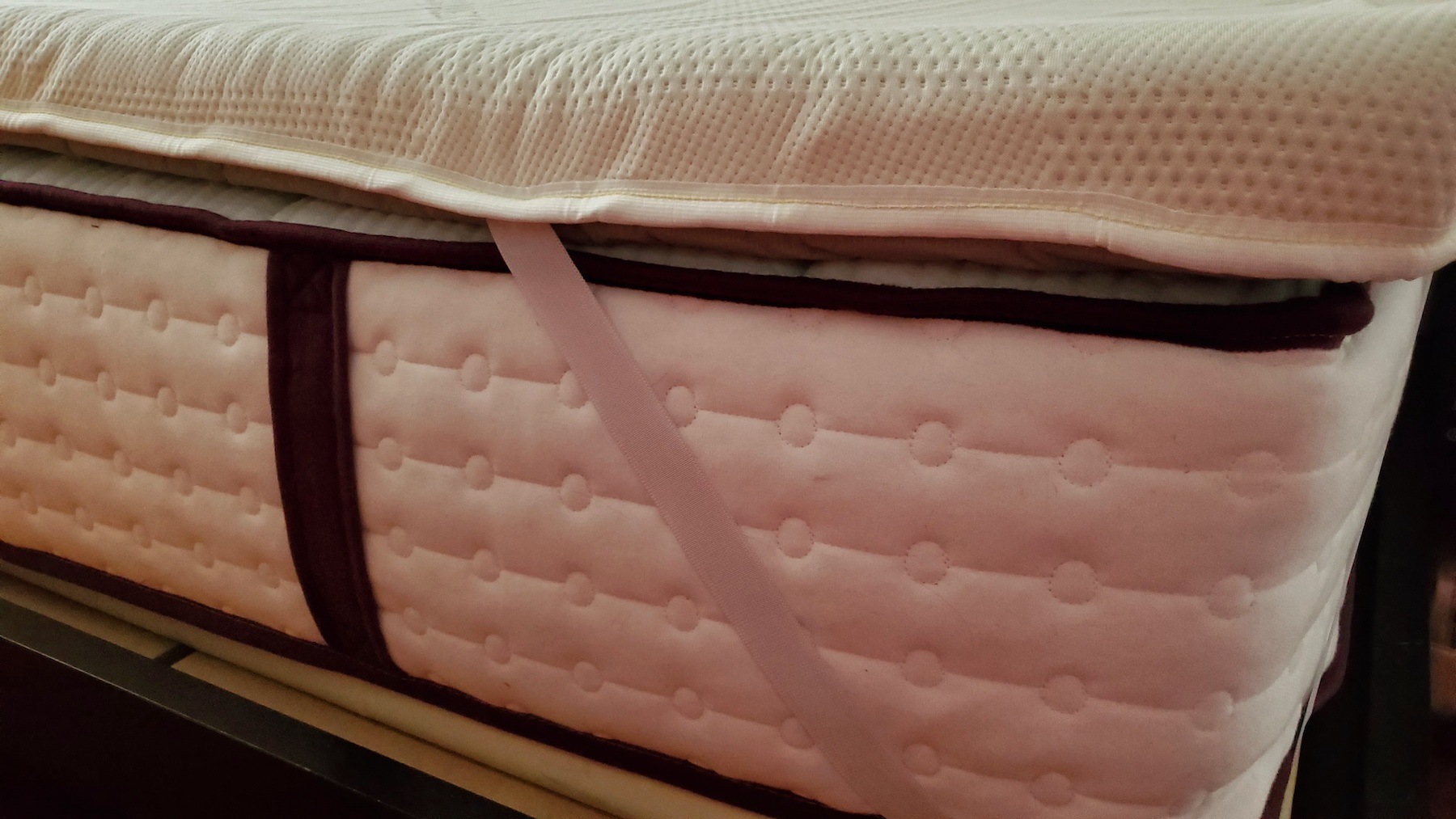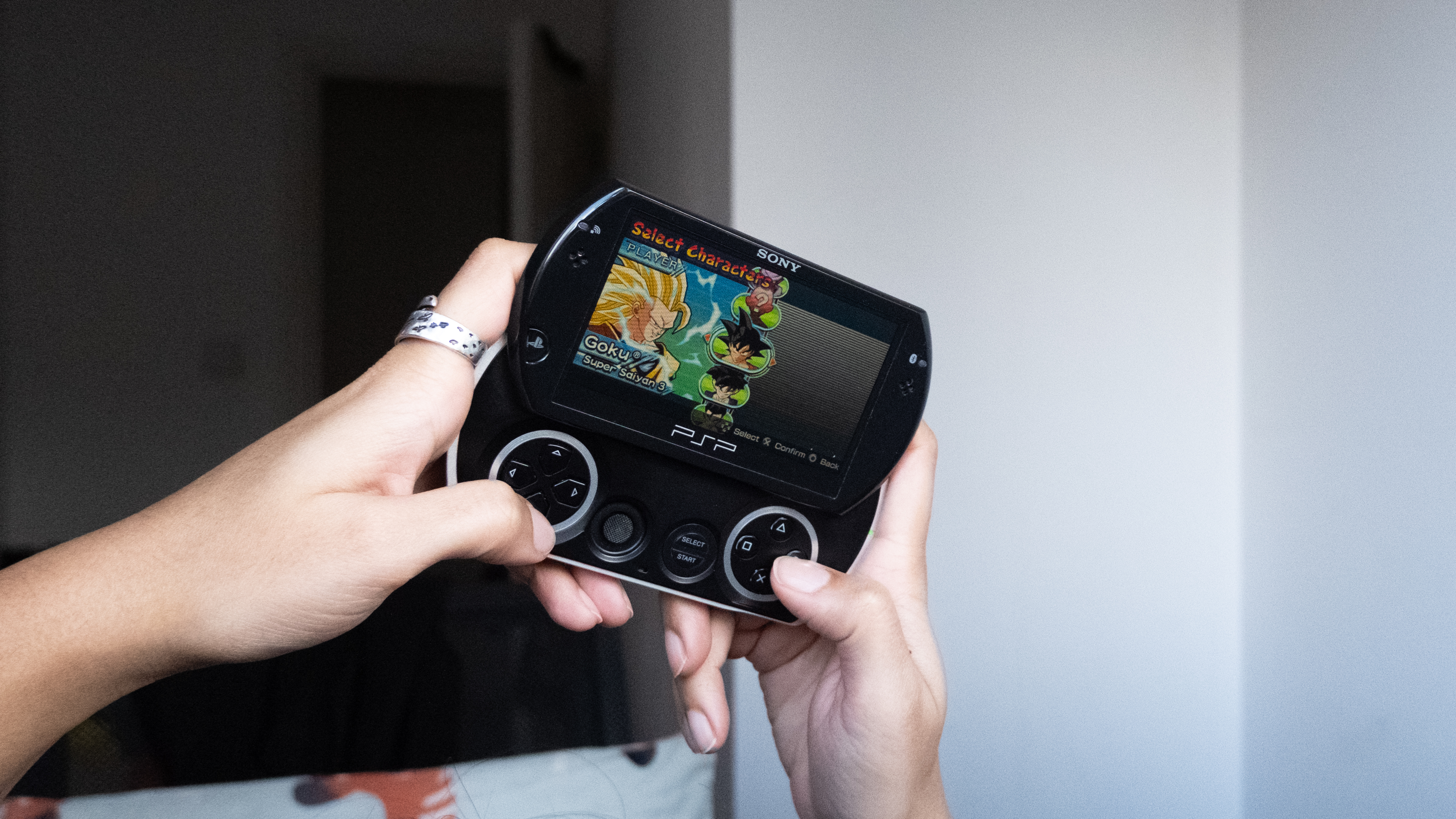Down vs memory foam mattress topper: which offers more comfort and support?
We compare down vs memory foam mattress toppers on price, design and comfort

Down and memory foam are popular materials for mattress toppers thanks to the extra cushioning they provide. They're both budget-friendly and designed to offer a softer sleep surface, but what are the key differences between a down vs memory foam mattress topper?
All mattresses - from older beds to our top picks in this year's best mattress guide - can benefit from the right bed topper. You'll find a lot of memory foam mattress toppers in this year's best mattress toppers guide, but down toppers are consistent bestsellers, too.
In this down vs memory foam mattress topper comparison guide, we'll explore the differences between the two in terms of price, design, temperature regulation, and support and comfort. Plus, with the Black Friday mattress deals around the corner, this guide will help you choose between buying a down vs memory foam mattress topper in the Black Friday mattress topper sales.
Down vs memory foam mattress toppers: overview

In this guide, when we refer to "down toppers", we are actually referring to down-alternative toppers. Why? Because genuine down toppers feature real bird feathers, which can trigger allergies and may not be animal-friendly if not responsibly sourced.
In contrast, down-alternative toppers feature synthetic filling, typically made from polyester or microfiber, to mimic the fineness of feathers.
Memory foam mattress toppers, on the other hand, feature a slab of memory foam that's often encased in a fabric cover (but not always). The best memory foam mattress toppers are usually around two to four inches thick and are designed to add body-contouring pressure relief to beds.
Down vs memory foam mattress toppers: Price

Overall, a down topper and memory foam topper are both budget-friendly options, especially when compared to latex or wool toppers. You can find both kinds for a low price from retailers such as Target, Home Depot, and Amazon.
Get instant access to breaking news, the hottest reviews, great deals and helpful tips.
However down toppers tend to be cheaper, with the average price of a queen-size down alternative topper around $59. In contrast, the average price of a queen memory foam bed topper is around $299, though budget memory foam toppers are around $55 for a queen. In fact, both kinds feature heavily in our best cheap mattress toppers under $50 guide.
Down vs memory foam mattress toppers: Design and materials
Down and memory foam toppers both have relatively simple but still very different designs. A down topper (also known as a microfiber topper) usually has a cotton cover that's stuffed with synthetic filling such as polyester or microfiber.
The cover is typically non-removable (otherwise the filling would spill out) but a lot of down toppers are entirely machine washable. Some down toppers come with an elasticated skirt to keep the topper securely in place, and have a square jacquard or deep pocket design to help the filling stay put.
To maintain its fluffiness, you'll need to shake and flip a down topper regularly. Down toppers tend to be thin at 1" or under, and we should warn you that the average lifespan of a down topper is only around one to two years.

Meanwhile, memory foam toppers, if rotated regularly, should last you longer at around five years. They're also thicker than down toppers, too, coming in various height, though the most popular depths are between 2" and 4".
They sometimes come as just as slab of foam without a cover, though a lot of memory foam toppers now come with breathable covers made from cotton or soft-knit material.
Some come with anchor straps or elasticated straps, while others have non-slip bases. Most memory foam toppers have one layer, you can find some with two or even three layers, usually featuring high-density support foam at the base and body-contouring foam at the top.
Down vs memory foam mattress toppers: Comfort & support
While down alternative toppers are designed to add extra cushioning to your bed, the truth is that they are usually too thin to change the comfort and support of your bed. In fact, many of our topper-testing team feel that sleeping on a microfiber mattress topper was a let-down and that down toppers are more like mattress pads than mattress toppers.

Memory foam toppers, on the other hand, are superb at changing the comfort and support of your mattress due to their body-cradling pressure relief and thickness. As we advise in our guide to choosing mattress topper thickness, opt for a 2" topper for newer mattresses, 3" for hard mattress in need of softening, and 4" for worn-out mattresses.
Also, do keep in mind your sleep position and body type when choosing a memory foam topper. Most memory foam toppers are designed to soften firm mattresses, but heavier people and stomach and back sleepers should go for a memory foam topper that's around 2-3" thick and offers plenty of firm support.
Down vs memory foam mattress toppers: temperature regulation

Down toppers tend to be breathable, as their construction of moisture-wicking cotton covers and microfiber filling encourage airflow through its layers. Overall, down toppers are ideal for adding a breathable sleep surface to your bed.
When it comes to memory foam mattress toppers, it can be a mixed bag. Memory foam has a tendency to trap heat, but a lot of foam toppers now provide cooling features in the form of cooling copper or gel infusions, heat-dissipating covers, perforated foam to boost airflow, and convoluted designs for ventilation. Some of our top picks for best cooling bed toppers are actually made from memory foam.
Down vs memory foam mattress toppers: Which should you buy?
Buy a down mattress topper if...
✅ You're on a tighter budget: Down toppers are cheaper as they're not as durable or supportive as memory foam toppers, so choose them for a guest bed or if you need a quick stopgap while looking to buy a new mattress
✅ You want to add breathability without adjusting your bed's firmness: Down toppers are too thin to change the comfort and support of a mattress, so they're great if you only want to add some breathability.
✅ You want to add extra protection without adjusting your bed's firmness: A down topper can add a nice layer of protection against stains and rips to your mattress, and they're usually machine-washable, too.
Buy a memory foam mattress topper if...
✅ You want to add comfort and support to your bed: Memory foam toppers are designed to add pressure relief to mattresses, and can even provide a temporary fix for a sagging mattress.
✅ You want a more durable mattress topper: Memory foam toppers can last up to 5 years if taken care of properly, compared with the 1-year lifespan of a down topper.
✅ Your mattress is over five years old: Memory foam toppers make a real difference to beds, especially if they're 3" to 4" thick, and can refresh older, worn-out mattresses.

Frances Daniels is a PPA-accredited journalist and Sleep Staff Writer at Tom's Guide with an MA in Magazine Journalism from Cardiff University. Her role includes covering mattress and sleep news and writing sleep product reviews and buyer's guides, including our Best Hybrid Mattress 2025 guide. She is interested in the relationship between sleep and health, interviewing an array of experts to create in-depth articles about topics such as nutrition, sleep disorders, sleep hygiene, and mattress care. She is also our specialist on mattress toppers — producing bed topper reviews and taking care of our Best Mattress Toppers 2025 guide — and leads content relating to fiberglass-free beds for a non-toxic sleep. Outside of Tom's Guide, she has written for Ideal Home and Marie Claire.
